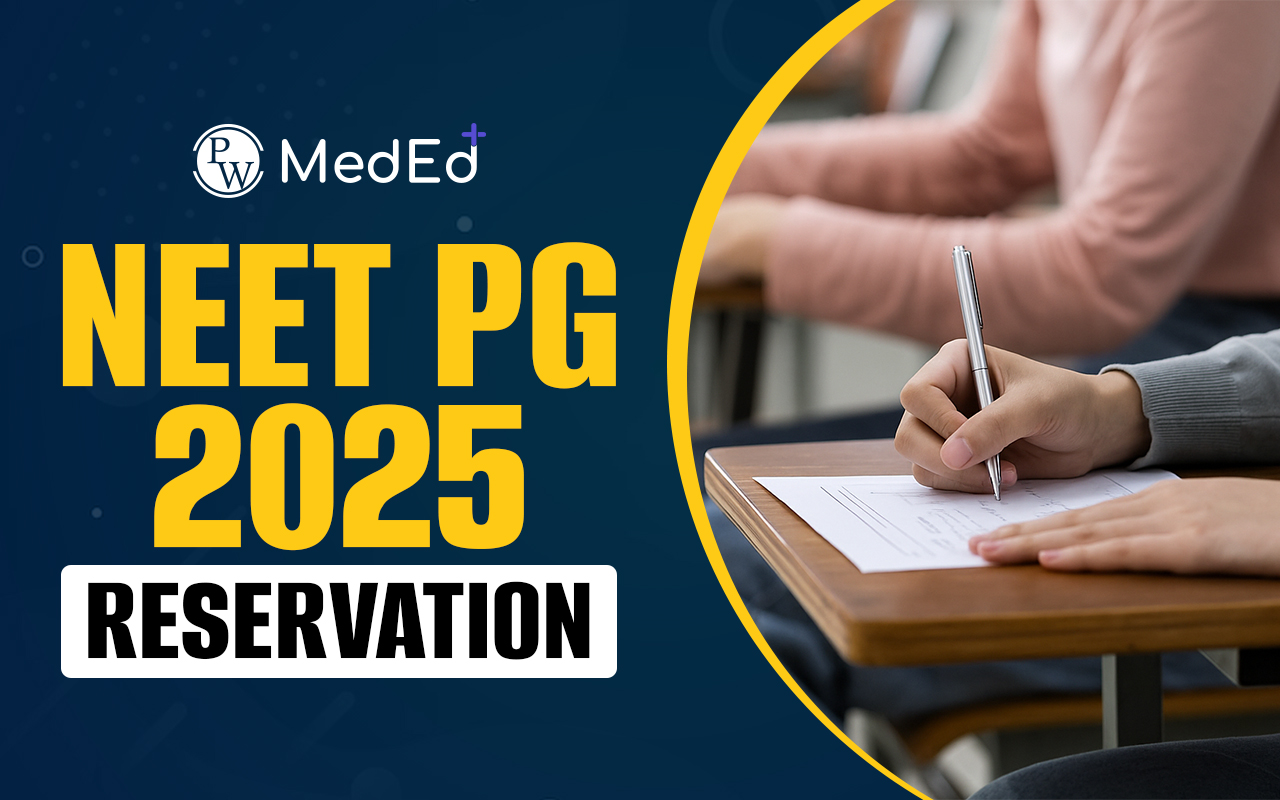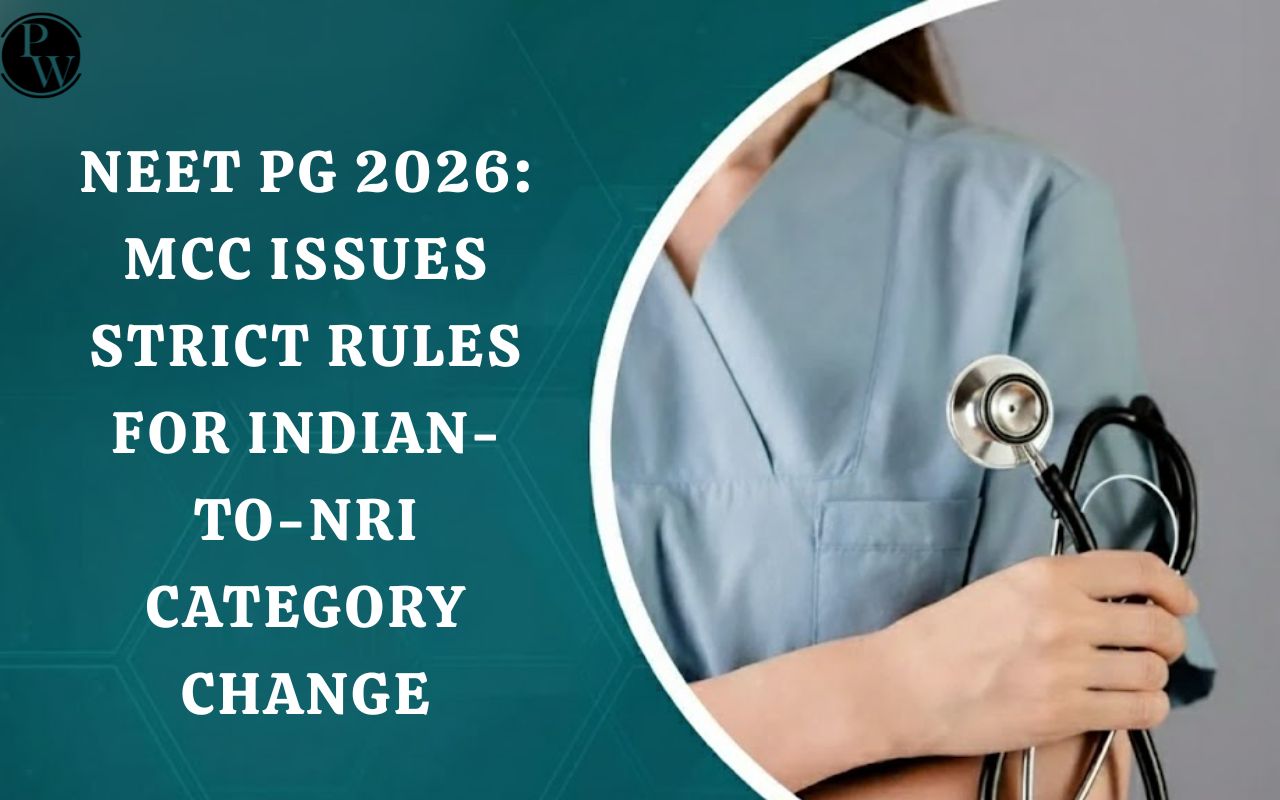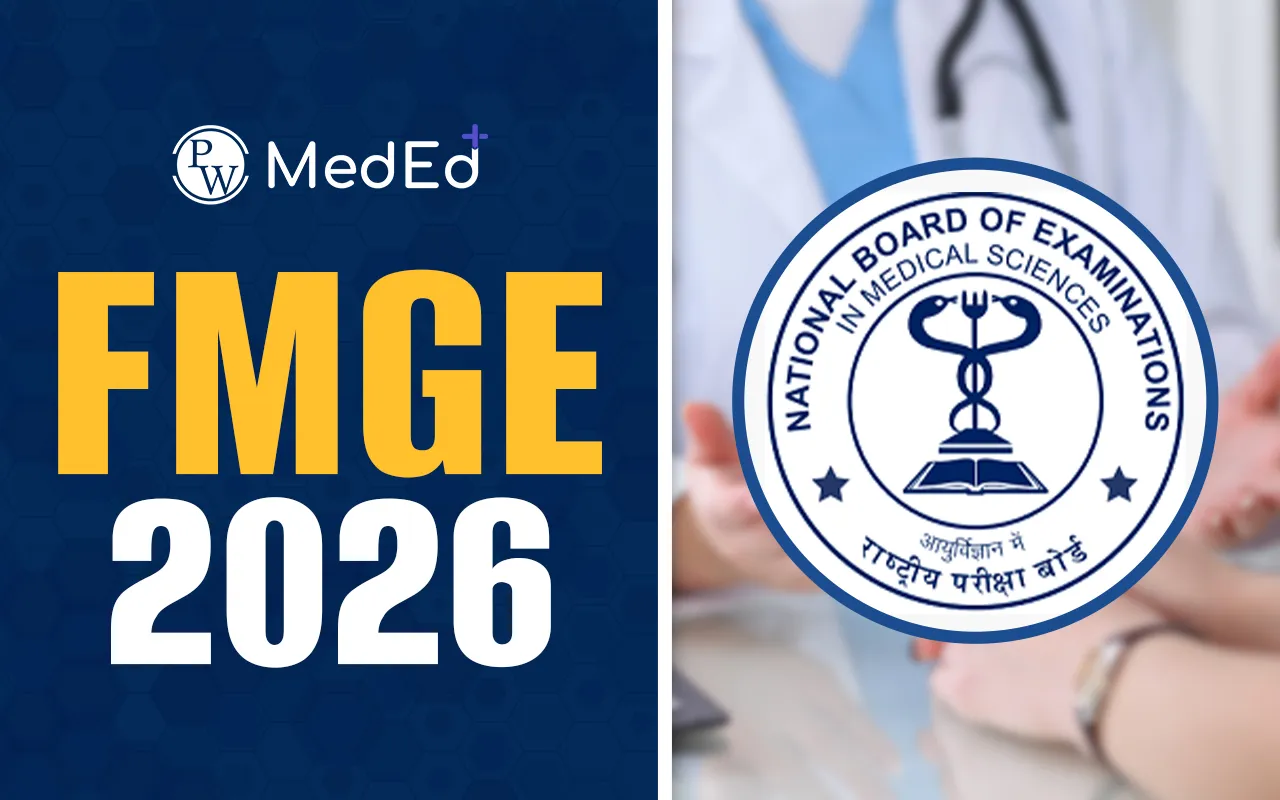
The Midbrain: Structure, Development and Function
Midbrain, also called Mesencephalon, is a vital segment of the brainstem that houses many important centers for proper functioning of the human body which include various important nuclei ( collection of cell bodies of neurons) for motor control, sensory processing, and autonomic functions. It also serves as a conduit for numerous white matter( collections of nerve fibers of neurons) pathways. Midbrain is divided anatomically into two principal regions of the Tectum and the Tegmentum. The tectum is situated dorsally in midbrain and comprises the superior and inferior colliculi.The Superior and Inferior colliculi
The superior colliculi plays the role of processing of visual inputs through the retina and helps us perform reflexive eye movements, while the inferior colliculi help in processing of auditory information and localization of the place from where sound is coming from.Tegmentum
Tegmentum is located in the ventral side and has important structures like the red nucleus, the substantia nigra and the periaqueductal gray matter. Red nucleus mediates motor coordination, particularly control of limb movements. The substantia nigra, the famous structure due its infamous relation with the infamous disease of Parkinson. It plays a pivotal role in voluntary motor activities through its dopaminergic outputs. The degeneration of neurons in the substantia nigra pars compacta is notably associated with Parkinson’s disease. The cerebral aqueduct of Sylvius is an important connection between the third and fourth ventricle ,for the flow of cerebrospinal fluid. This duct passes through the midbrain. Around this duct the periaqueductal gray is an area of gray matter helping in pain modulation and autonomic regulation.Development
Midbrain formation starts early in gestation by the segmentation of the neural tube ( a very important tube-like structure which forms early in gestation and gives rise to different segments of the brain). The neural tube undergoes segmentation into three primary brain vesicles: the prosencephalon (forebrain), mesencephalon (midbrain), and rhombencephalon (hindbrain). The mesencephalon is the middle segment and remains a single, unpaired structure throughout its development, unlike the other primary vesicles, which further divide.Functions
The midbrain serves as a central hub for processing auditory and visual information. The superior colliculi are crucial for visual tracking and coordinating eye movements for example like rapid redirection of the gaze called the saccades . The inferior colliculi are fundamental for auditory signal processing, contributing to the localization of the direction from where the sound is coming from and interpretation of sounds. Motor control is another vital function of the midbrain, with the substantia nigra playing a significant role. Dopaminergic neurons in the substantia nigra pars compacta project to the higher centers of the brain, facilitating the initiation and regulation of movement. Dysfunction in this pathway is central to the mechanism of development of Parkinson’s disease, characterized by symptoms such as tremors, rigidity and slow movements. The red nucleus is integral to motor coordination. While its role in humans is somewhat diminished compared to other species, it remains important for fine motor control and coordination.Midbrain FAQs
What are the clinical features of Parkinsonism?
Clinical features include Bradykinesia leading to slowness in initiation and execution of movements. Rigidity meaning increased muscle tone leading to stiffness .Tremors usually a resting tremor.
What is Weber syndrome?
Lesions of Weber syndrome is a vascular lesion due to disruption of blood supply. It is characterized by same sided oculomotor nerve palsy and opposite side weakness of muscles due to damage to the nerve.
What is drug induced Parkinsonism?
Certain medications, particularly antipsychotics and antiemetics that block dopamine receptors, can induce parkinsonism. Thus having the same features of Parkinsonism but symptoms go away after discontinuing drugs.
What is aqueductal atresia?
Aqueductal atresia refers to a congenital( present by birth)condition characterized by the complete or partial obstruction of the cerebral aqueduct, which is the narrow channel that connects the third and fourth ventricles in the brain. This obstruction impedes the flow of CSF, leading to a buildup of CSF within the ventricles, causing hydrocephalus.
🔥 Trending Blogs
Talk to a counsellorHave doubts? Our support team will be happy to assist you!

Check out these Related Articles
Free Learning Resources
PW Books
Notes (Class 10-12)
PW Study Materials
Notes (Class 6-9)
Ncert Solutions
Govt Exams
Class 6th to 12th Online Courses
Govt Job Exams Courses
UPSC Coaching
Defence Exam Coaching
Gate Exam Coaching
Other Exams
Know about Physics Wallah
Physics Wallah is an Indian edtech platform that provides accessible & comprehensive learning experiences to students from Class 6th to postgraduate level. We also provide extensive NCERT solutions, sample paper, NEET, JEE Mains, BITSAT previous year papers & more such resources to students. Physics Wallah also caters to over 3.5 million registered students and over 78 lakh+ Youtube subscribers with 4.8 rating on its app.
We Stand Out because
We provide students with intensive courses with India’s qualified & experienced faculties & mentors. PW strives to make the learning experience comprehensive and accessible for students of all sections of society. We believe in empowering every single student who couldn't dream of a good career in engineering and medical field earlier.
Our Key Focus Areas
Physics Wallah's main focus is to make the learning experience as economical as possible for all students. With our affordable courses like Lakshya, Udaan and Arjuna and many others, we have been able to provide a platform for lakhs of aspirants. From providing Chemistry, Maths, Physics formula to giving e-books of eminent authors like RD Sharma, RS Aggarwal and Lakhmir Singh, PW focuses on every single student's need for preparation.
What Makes Us Different
Physics Wallah strives to develop a comprehensive pedagogical structure for students, where they get a state-of-the-art learning experience with study material and resources. Apart from catering students preparing for JEE Mains and NEET, PW also provides study material for each state board like Uttar Pradesh, Bihar, and others
Copyright © 2025 Physicswallah Limited All rights reserved.
Get App







